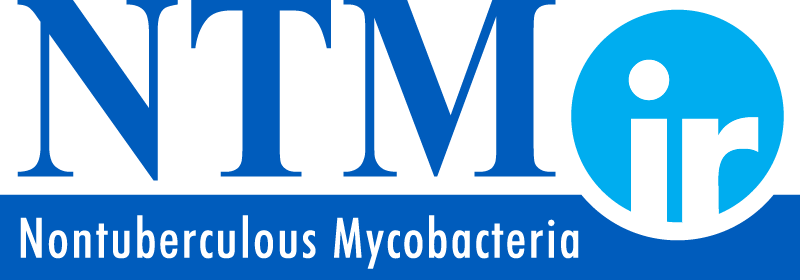Nontuberculous mycobacterial lung infection is often misdiagnosed. Unfortunately, this sometimes delays proper diagnosis until after the patient has had recurrent infections. This may make treatment more difficult because prior use of single drug therapy may have created some drug resistance. Recurrent infections and associated inflammation may have also resulted in additional damage to the respiratory system.
Testing for NTM infection is not complex, but the doctor needs to suspect NTM and order the correct tests.
The diagnosis of NTM lung disease involves the following:
- Sputum tests (smear and culture) – sputum is examined under a microscope in an acid fast bacilli (AFB) smear, then grown in a culture. These are the basic tests to identify mycobacteria. For accurate identification of the strain of bacteria and drug sensitivities, testing should be done at a highly specialized laboratory, which can tell your doctor which drugs will work (drug sensitivity) and which ones will not work (drug resistance) on the strain of NTM that you have. Equally important is the need to determine which combination of drugs must be used in order to minimize risk of developing drug resistance, which is a common problem when NTM infections are treated with single drug therapies. If you have trouble coughing up sputum (also called mucus or phlegm), your doctor may decide to perform a bronchoscopy to obtain the needed sample.
- Chest CT (computed tomography) – A CT (CAT) scan is a three-dimensional image generated from a large series of two-dimensional x-ray images. Chest x-rays alone provide rudimentary identification of lung ailments and are not sufficient. A CT scan provides the doctor with a detailed look at the extent and location of disease and is an important diagnostic tool. It can show mucus-filled airways, which appear as white spots on the images (sometimes referred to as “tree-in-bud” because of their branch-like appearance). NTM diagnosis and follow-up generally requires a high-resolution CT scan without contrast.
- Medical History – Knowing what illnesses you have had, including childhood illnesses, may provide your doctor with additional understanding of why certain underlying lung conditions exist. Click here for tips on generating a family health history.
- Pulmonary Function Tests (PFT): What are they and why do I need them?
Chest CT scans show if there are any abnormalities affecting the lungs. Pulmonary Function Tests are a group of tests that measure how well your lungs are functioning. PFTs are usually performed in order to follow for the progression of lung disease, and can also be used to determine if surgery is appropriate.
Some of the most common Pulmonary Function Tests are:
Spirometry: the patient breathes in deeply and exhales as fully and forcibly as possible, to assess airflow in and out of the lungs.
Plethysmography: measures the gas volume of the lung, using changes of pressure that occur during breathing.
Diffusion capacity: the patient breathes in small amounts of carbon monoxide and the test measures how much of this gas gets into the blood. This indicates the ability of the lung to allow oxygen into the blood.
Arterial blood gas measurements: a small amount of blood is extracted from one of the small arteries in the body (usually in the wrist) in order to analyze the amount of oxygen and carbon dioxide in the blood.
Oxymetry: also provides a measurement of the oxygen level in the blood using a pulse oximeter placed on the patient’s finger for a minute or two.
